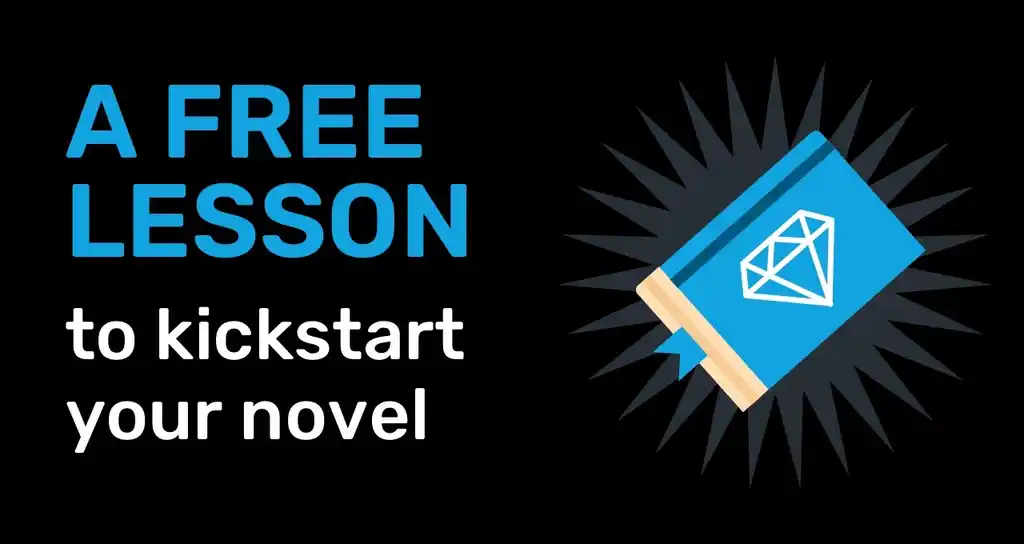The first draft is the end of the beginning — not beginning of the end. The second draft is where your book will start coming together; where you apply your craft, polish your writing, and get it ready to share with an editor (which you definitely should, if you’re serious about writing). Editors are expert consultant. They will also be your collaborator, your coach, and a supportive force but you’re not paying them to rewrite your book. It’s a relationship, and so paying attention to a few specifics in your first draft will help that relationship go smoothly.
Thriller novelist David Hewson takes this view: the first draft is you, whereas the second draft is about the reader experience. Later comes the third draft (usually where you’ll start working with a copy editor), which is about polishing the text and making it “broadcast-quality.”
Five Ways to Approach your Second Draft
- Take a break from it. Harvest objectivity and distance. Don’t see this waiting period as ‘wasted’ time: use it to work on your book’s design, marketing plan, all the other stuff that authors say they don’t have time for.
- Read it out loud. Perform it, do accents, whatever it takes. Again, it’ll help with creating that ‘distance’ and will let you know what sounds natural (and unnatural) in a reader’s head.
- Change things up. This is a tip from Reedsy editor Cassandra Marshall: change the font, type size, or the device you’re reading it on. This is another great way to look at your manuscript with different ‘eyes’ — from the reader’s perspective.
- Consider using the Book Architecture Method as laid out in a book by Stuart Horwitz. You can use Google Sheets to map out your story threads chapter by chapter. It’s a great way to look at the bigger picture that will help you out, especially if you’re not working with a developmental editor.
- Get up close and start sweating the small stuff. One way to immediately improve your prose style is to eliminate the word ‘very’ from your manuscript. Use your word processor and search for every instance of the V-word. An article published by Mental Floss has a fun infographic that offers up 128 suitable replacements for ‘very’. But don’t take our word for it — here’s a great scene from the film Dead Poet’s Society that illustrates this point:
Specific Advice
While there are no ‘rules’ to how you should write prose, you should consider the following advice if you intend to write enjoyable, commercial fiction.
Review your speech tags and dialogue
Don’t use punctuation like semicolons and em-dashes within your dialogue. Your editor will only take them out (and die a little with each tap of the ‘delete’ button). Likewise, simply your dialogue tags. When you need to, only use “said”.
Instead of writing,
“I’m so glad to see you,” exclaimed Jennifer.
You should write,
“I’m so glad to see you,” said Jennifer.
The quality of your characters’ words should already evoke an emotion in your reader’s imagination. If you need a speech tag other than ‘said,’ it might be a sign that you should beef up your dialogue.
Seek out your tics and overused phrases
Use your word processor’s search feature, if you suspect you’re using the same turn of phrase or word over and over again.
Clunky sentence constructions
Read your manuscript out loud. If it’s mouthy and doesn’t flow easily, it probably needs rewriting
Ask yourself: “is it needed?”
If something is bothering you but you can’t work out why — ask yourself: is this needed? Whether it’s a particular phrase, word, or scene — if it doesn’t help you achieve what you need from the narrative, consider taking it out altogether.
Be sparing with adjectives
Adjectives are fine but use them conservatively. Try to be lateral and creative in your descriptions; recognize when you need to be sparse and when you need more richness and color It all depends on what you’re doing or describing.
Eliminate your adverbs
“The road to hell is paved with adverbs,” said Stephen King in his book, On Writing. The rest of your descriptive writing should make adverbs unnecessary. In the book King uses this example:
He closed the door firmly.
Better: He slammed the door.
Best: He closed the door.
All the writing that leads up to that moment — what the character says and does — will show us that he’s closing the door firmly.
Another of King’s examples:
‘Put it down! she shouted menacingly.
‘Give it back,’ he pleaded abjectly, ‘it’s mine.’
‘Don’t be such a fool, Jekyll,’ Utterson said contemptuously.
Or, written better:
‘Put it down!’ she shouted.
‘Give it back,’ he pleaded, ‘it’s mine.’
‘Don’t be such a fool, Jekyll,’ Utterson said.
Front-load the action
This applies on a sentence level. Don’t make readers constantly hold their breath for details.
“The girls sat down with their portions.”
Is better than
“The girls, with their portions, sat down.”
Final Thoughts
I’ll leave you with a final thought from Stephen King, taken from the same book.
“I’m convinced that fear is at the root of most bad writing… Or at least timidity. Dumbo got airborne with the help of a magic feather; you may feel the urge to grasp a passive verb or one of those nasty adverbs for the same reason. Just remember before you do that Dumbo didn’t need the feather; the magic was in him.”
How do you approach your second draft? If you have any tips to share or questions you'd like to ask Andrew, please leave them in the comments below.





